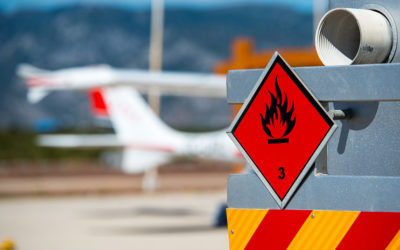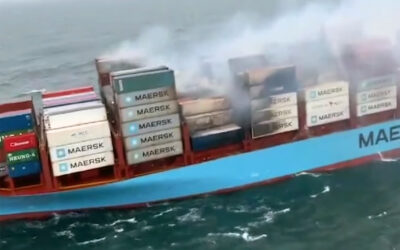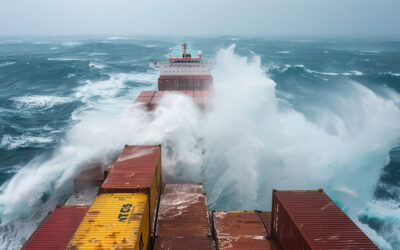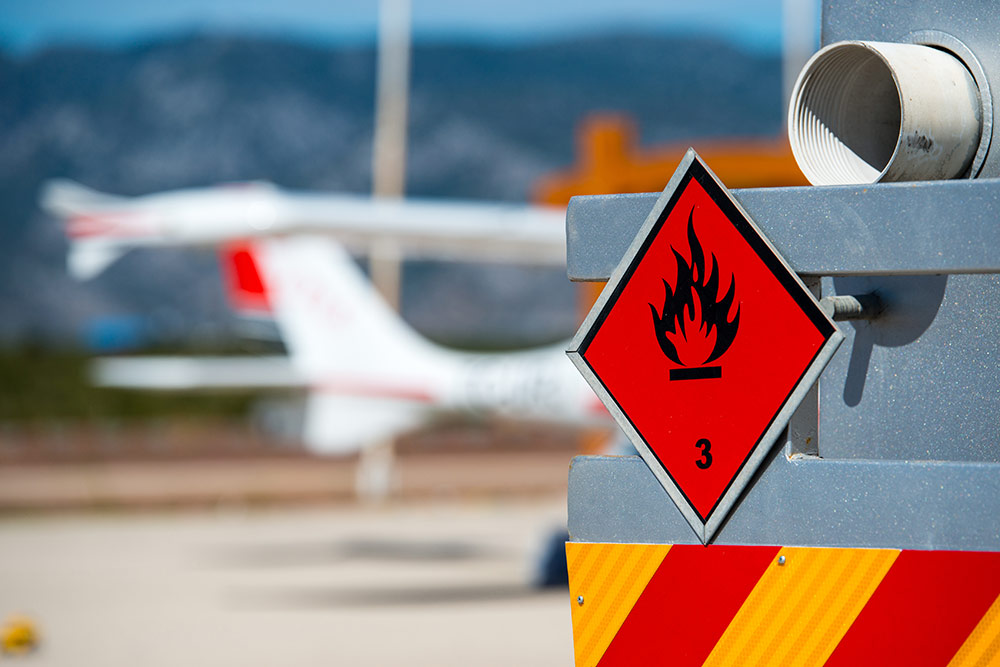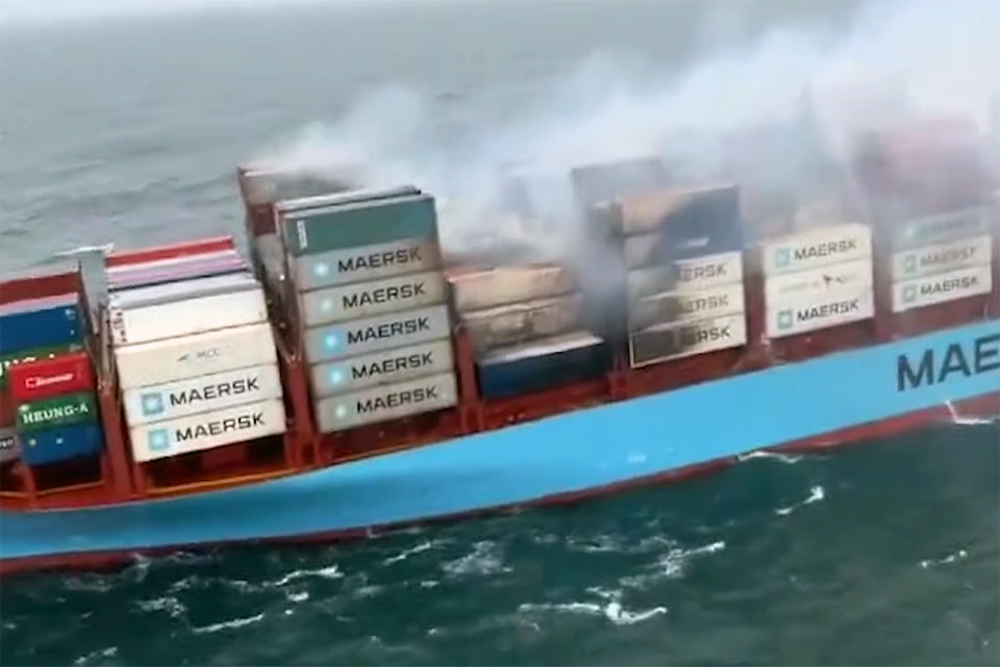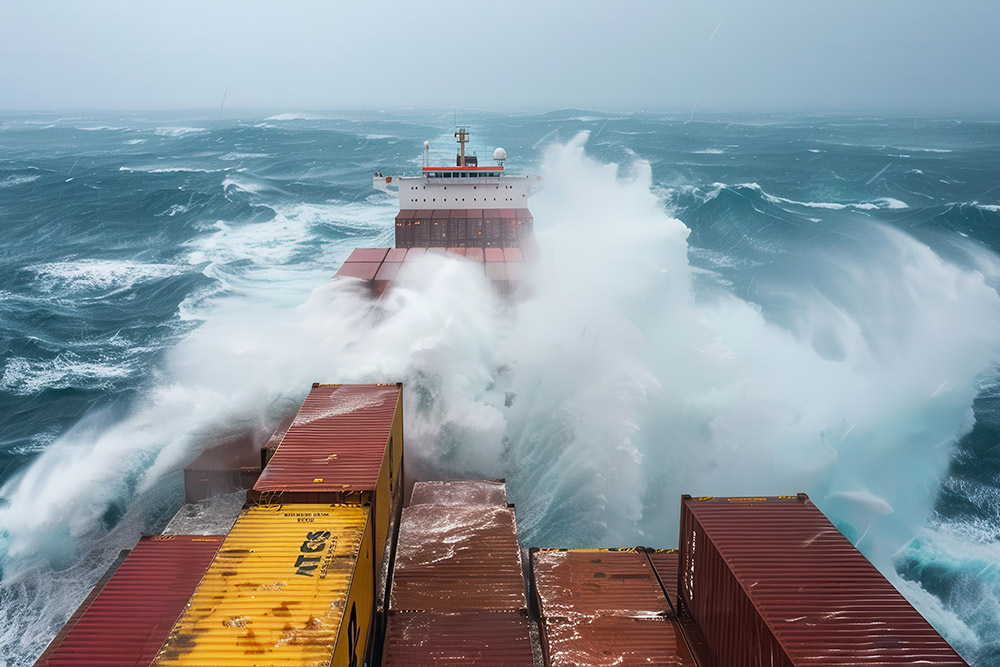US Identify Two DG Incidents Per Week On Flights
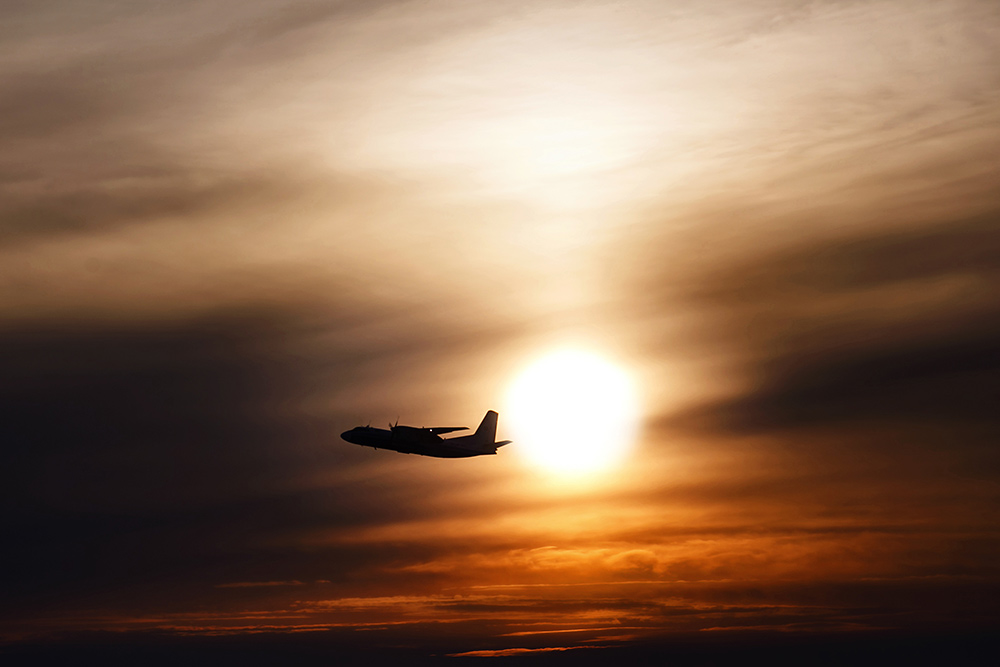
Reports in the USA have indicated that incidents involving dangerous goods materials are happening on average twice per week on passenger planes. By far the greatest risk posed is from lithium-ion batteries, which can easily catch fire on airplanes.
Dangerous goods have become a much talked about issue in the US, since February’s derailment of a freight train in East Palestine, Ohio. 38 cars were carrying hazardous materials that burned for two days.
A recent CBS News investigation focused on incidents in Colorado during the last 10 years, where 108 dangerous goods incidents on flights were recorded in the state alone.
Of those incidents, 73 involved cargo planes and 35 involved commercial passenger flights. Many of the incidents involved overheating lithium batteries, including vape pens, laptops and cell phones overheating, smoking or catching fire on planes.
Recently in the UK, the British International Freight Association warned that lithium batteries posed a major threat to transport.
Evolution Forwarding specialise in dangerous goods movements, by air, ocean and road. We provide complete solutions, which include packing, documentation, compliance and training for lithium batteries and dangerous goods products.
For further information please email info@evolutionforwarding.com or call 0800 4346244.
Follow Us
Stay up to date with our news and articles on social media
Contact Us
Tel 0800 434 6244
Email info@evolutionforwarding.com
brought to you by the dangerous goods people
Related Articles
Agents Without Dangerous Goods Training Risk Being Struck Off
The British International Freight Association (BIFA) are warning its members that they must update their dangerous goods certificates immediately, or face being struck-off the IATA agent roster.
Maersk Frankfurt Catches Fire On Maiden Voyage
Over 70 containers were lost or damaged during a voyage from Asia to Europe, as extreme weather conditions battered sailings around the Cape Of Good Hope, South Africa.
Containership – 70 Containers Lost Or Damaged
Over 70 containers were lost or damaged during a voyage from Asia to Europe, as extreme weather conditions battered sailings around the Cape Of Good Hope, South Africa.

